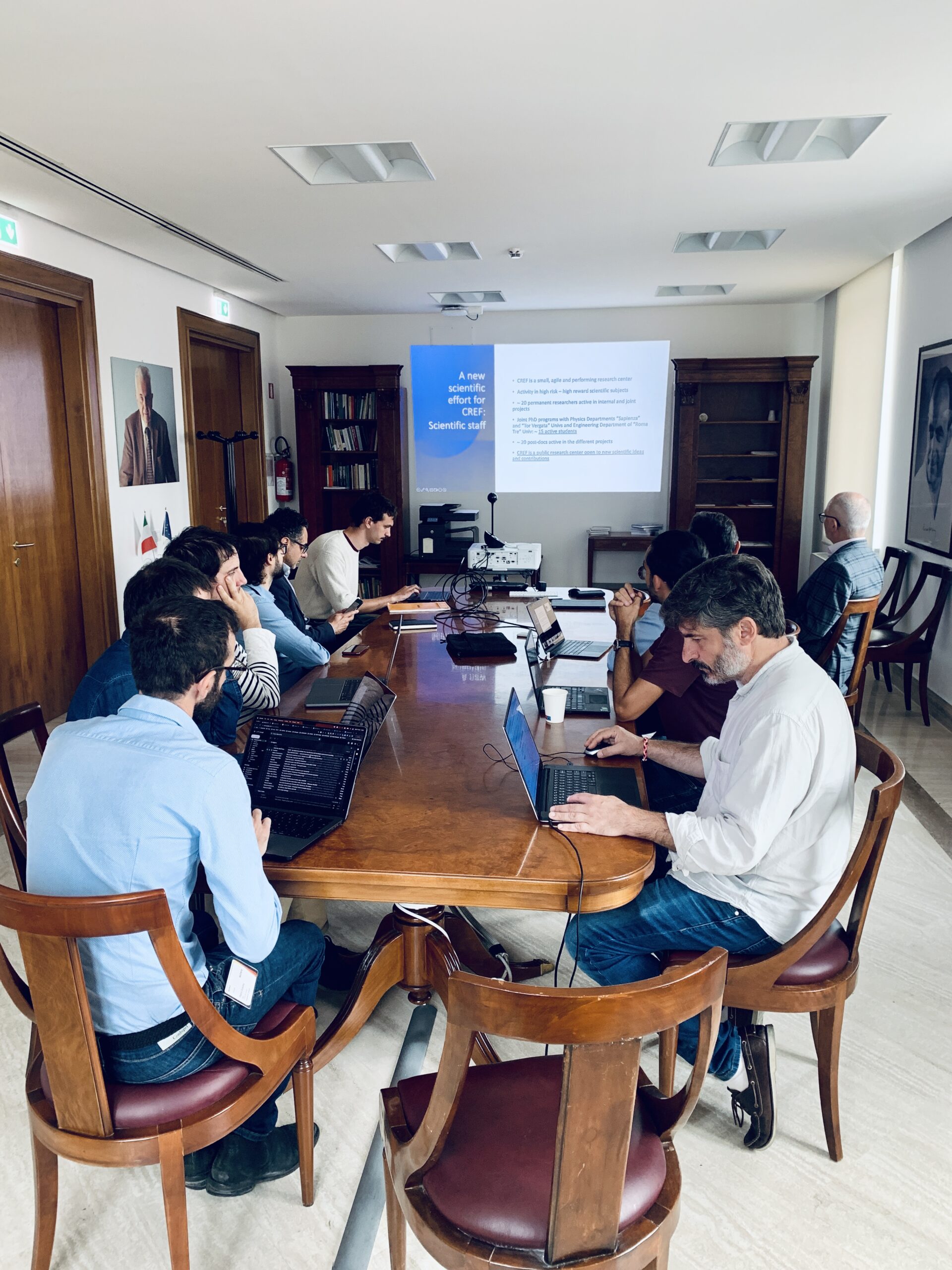On the 18th of October Sony CSL – Rome and CREF hold a new joint seminar with Professor Frank Schweitzer from ETH Zurich.
Frank Schweitzer has been Full Professor for Systems Design at ETH Zurich since 2004. He is also associated member of the Department of Physics at the ETH Zurich. Frank Schweitzer received his first Ph.D. (Dr. rer. nat.) in theoretical physics and his second Ph.D. (Dr. phil.) in philosophy of science, he further earned a habilitation/Venia Legendi in Physics. The research of Frank Schweitzer focuses on applications of complex systems theory in the dynamics of social and economic organizations. His methodological approach can be best described as data-driven modeling. It combines the insights from large-scale data analysis with the power of agent-based computer simulations and the strength of rigorous mathematical models. Frank Schweitzer was a founding member of the ETH Risk Center, Editor-in-Chief of “Advances in Complex Systems” (2007-2022), Editor-in-Chief of “EPJ B: Statistical Physics and Complex Systems” (2007-2012) and foundig Editor-in-Chief of EPJ Data Science (2012-2017).

His gave a seminar on “Modeling and Measuring the Resilience of Social Organizations” of which you can read more below:
Resilience denotes the capacity of a system to withstand shocks and the ability to recover from them. What does this mean for social organisations that are very volatile in their dynamics, for example collectives or project teams? Differently from engineered or ecological systems, a resilient reference state cannot be defined because individuals join or leave and social relations change quickly. To model such organizations, we combine agent-based modeling and multi-layer network approaches. They allow to quantify the impact of agents and their relations, using data about the collaboration in teams. Based on these information, we model the robustness and the adaptivity of social organisations and propose a novel resilience measure combining these two dimensions.


